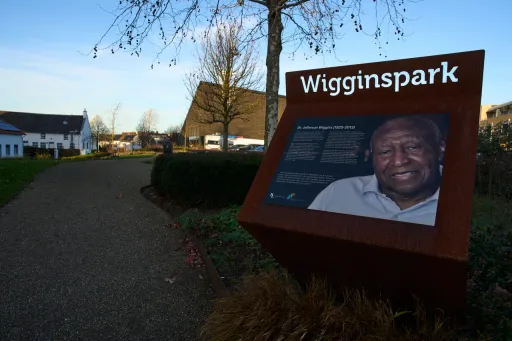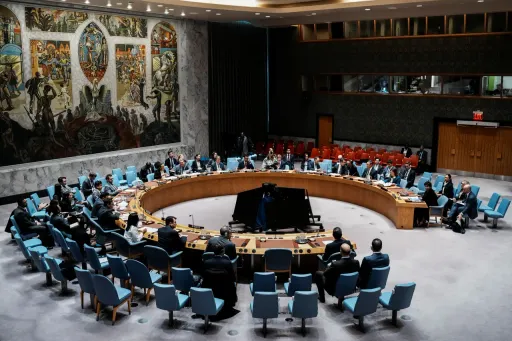By Claire Taylor
On February 10, the award-winning and popular hip-hop artist AKA – born Kiernan Forbes – was gunned down outside a restaurant in Durban.
This high-profile assassination put the spotlight back on the virus of gun violence that kills 30 people every day in South Africa.
Much of the response to AKA’s death has focused on arresting the perpetrators. While attaining justice is essential, particularly for his family and friends to heal, factors such as gender, weapon and motive need to be considered in interventions if we want to protect people from violence, especially gun violence.
Genderand crime
Crime and violence in South Africa differ in their nature with regards to the victim’s gender. Men and women experience these in different ways.
Men, like AKA, are overwhelmingly the victims of most crime – 63 of the 73 murder victims in South Africa a day are men.
While women are far less likely to be murdered, they are most at risk of being killed in their homes by their intimate partner and are particularly vulnerable to sexual violence.
Irrespective of the victim’s gender, the perpetrator is almost always a man. To understand what pushes men to act violently, it is necessary to break down the association between masculinity and violence.
For instance, a research published in The Journal of Criminal Law and Criminology in 1987, confirmed a close link between becoming an offender and being victimised.
This highlights both the extraordinary vulnerability of men being victims of violence and the importance of protecting men (and boys) to break this cycle of violence.
Limiting guns
Guns are designed to kill, and the more available guns are, the more people are shot and killed, injured or threatened.
Conversely, limiting gun availability saves lives, as South Africa’s experience shows. As gun numbers declined in the early 2000s due to gun control interventions associated with the Firearms Control Act (2000), so did South Africa’s gun death rate.
Research conducted by Richard Matzopoulos and published in the American Journal of Public Health has calculated that over 4,500 lives were saved from gun violence in five South African cities between 2001 and 2005 as a result of these measures.
However, as gun numbers in South Africa steadily increased from 2010/11 due to breakdowns in firearms control measures associated with under-resourcing, poor planning and criminality involving fraud, corruption and theft, gun violence has steadily risen as well.
As of 2022, the number of people shot and killed was nearing that of 1998, when 34 people were shot dead daily.
Globally, research has discovered that limiting the number of guns saves lives. One of the most compelling studies is from Colombia by Vecino-Ortiza et al in 2020.
This shows that banning people from carrying guns in public in the cities of Bogotá and Medellín saved 30 lives every month, and that a further 45 lives could have been saved each month if similar restrictions were implemented in seven other cities.
What is the way out?
According to South Africa’s national crime statistics, most murders are not crime-related but the result of arguments and misunderstandings.
In other words, the majority of murders occur during interpersonal disputes. This has various intervention implications.
One is that the popular call for more police officers to deal with South Africa’s escalating crime is unlikely to have much of an effect.
Instead of deploying more police officers, exploring and understanding the nature of crime and violence is vital to develop meaningful interventions.
Secondly, it shines more light on how ridiculous and dangerous claims that armed citizens keep communities safe are by highlighting that the presence of a lethal weapon actually increases the risk of an argument becoming a murder.
Reducing violence and crime in South Africa is not straightforward, but interventions must be evidence-based, and take into account the impact of gender, weapon and motive.
One of the most effective steps is to reduce the availability of guns. While the police service cannot effectively monitor interpersonal disputes, it has a key role in recovering and destroying the existing pool of weapons in the country, especially illegal firearms.
However, recovery efforts will only be effective if we close the taps leaking illegal guns into our communities.
The biggest tap is legal guns held by the state and civilians, with civilians reporting the loss or theft of an average of 24 guns every day.
This means we have to urgently strengthen controls over legal guns and ammunition to prevent leaks into the illegal pool.
Let AKA’s murder be the line in the sand that galvanises action to stop gun violence in South Africa.
The author, Claire Taylor, is a researcher with Gun Free South Africa (GFSA), an NGO campaigning against gun violence.
Disclaimer: The viewpoints expressed by the author do not necessarily reflect the opinions, viewpoints and editorial policies of TRT Afrika.
























